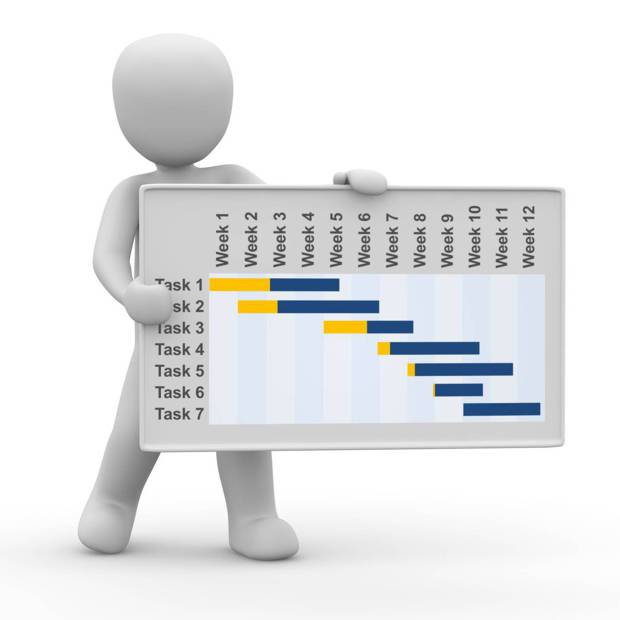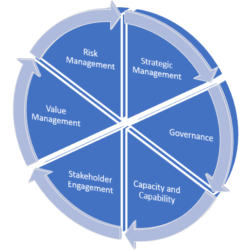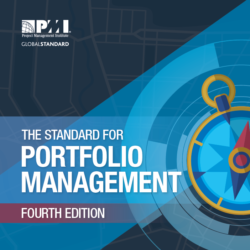Learning PfMP Domains
The PfMP Examination Content Outline consists of several Domains: Strategic Alignment Governance Portfolio Performance Portfolio Risk Management Communications Management NOTE: You cannot simply practice answering questions to prepare for the PfMP exam. The questions are provided to help you assess your knowledge and to get you familiar with the types of questions that are on the Read more about Learning PfMP Domains[…]





